45 Reliable Hacks To Grow Healthy And Beautiful Houseplants
There is no denying that plants are beautiful additions to any home. However, they are not all about aesthetics; they’re also good for the environment. They can add natural beauty and provide a sense of peace and tranquillity – but they can also help reduce carbon emissions.
However, keeping plants alive can be quite a challenge, especially if you don’t have a green thumb. Luckily, there are plenty of easy-to-follow houseplant hacks that can help you keep your plants healthy and thriving.
One of the most vital activities you may do to ensure the health of your plants is to give them regular fertilization. This will help promote growth and flowering and prevent any diseases or pests from developing. Besides, try to gauge how much water your plant needs and adjust accordingly.
Keep reading to find more tips.
1. Boiled egg calcium water
Since boiled egg water is high in essential calcium, you can use it to water plants as a natural way to replenish their soil. Calcium is an essential mineral for plants, and when it’s not available in the soil, it can lead to unhealthy foliage and flowers.
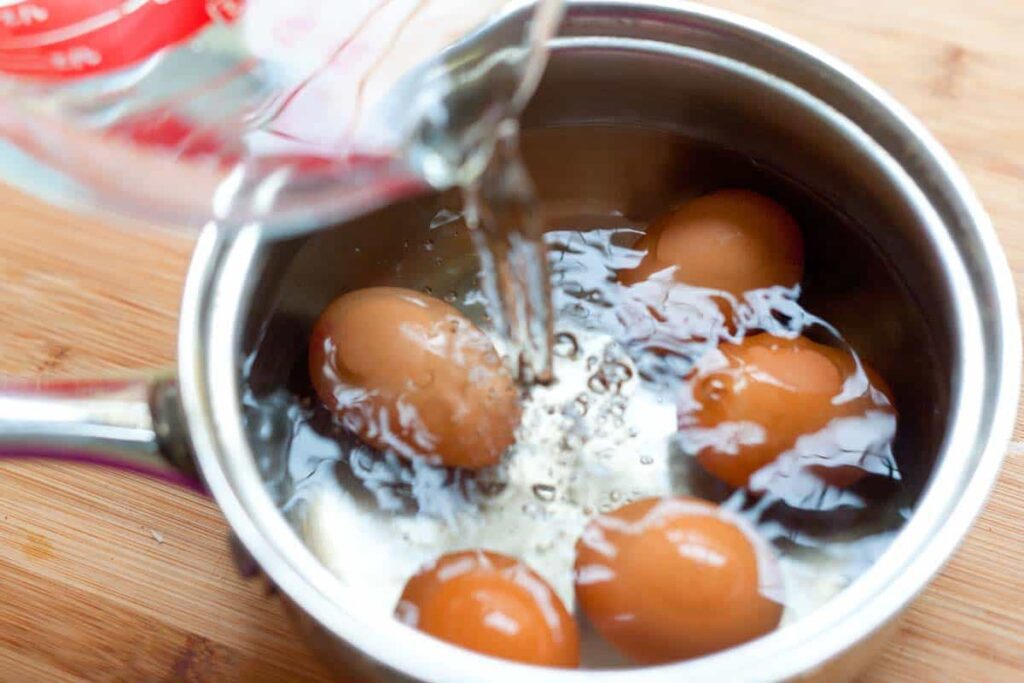
Adding boiled egg water to your garden will help increase the availability of this crucial nutrient for your plants. Let the water cool before putting it in the plant pots. In a few days, you’ll see the plants are looking more alive and growing well.
2. Support with chopsticks
Chopsticks can be an excellent tool for supporting plants as they grow taller, but other materials, such as wood, bamboo, and rattan, can also be used. These materials are easy to work with and can support your plants as they become taller.
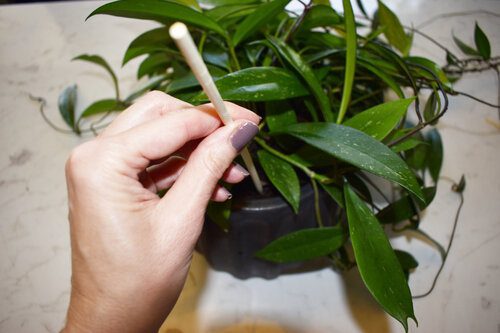
These materials can be carved to create the desired shape and then painted or varnished. They can also be secured with screws or nails so they don’t move around. Another option is to use wire mesh frames. These frames are made of metal wire mesh and can be shaped to fit the plant curves.
3. Bathwater hydration
If you’re like most homeowners, you probably discard water after you bathe, wash your hands or clean the surfaces around your house. But, in addition to its everyday uses, this water can be used to keep plants healthy and watered. One standard method for watering plants is to use soapy bathwater.
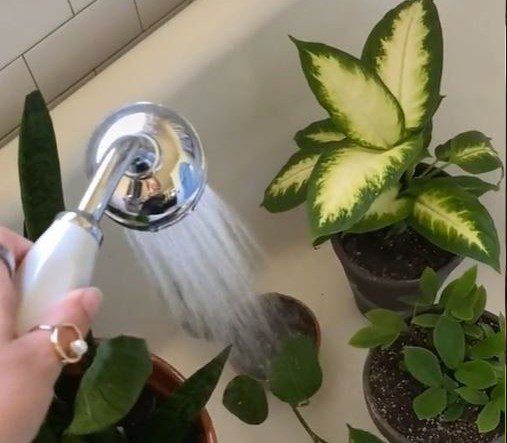
Use this bath water for the plants to be less wasteful. Make sure there are no additives in the bath salts and soap that can harm your plants. Another thing to consider is not to use this method for edible plants. This method will only work for decorative plants.
4. Use overnight water
We all know that water is a crucial portion of plant food. However, not everyone knows that the type of water you use for plants must be kept in consideration. Water is essential for all plants, but tap water can be harmful if it contains chlorine.
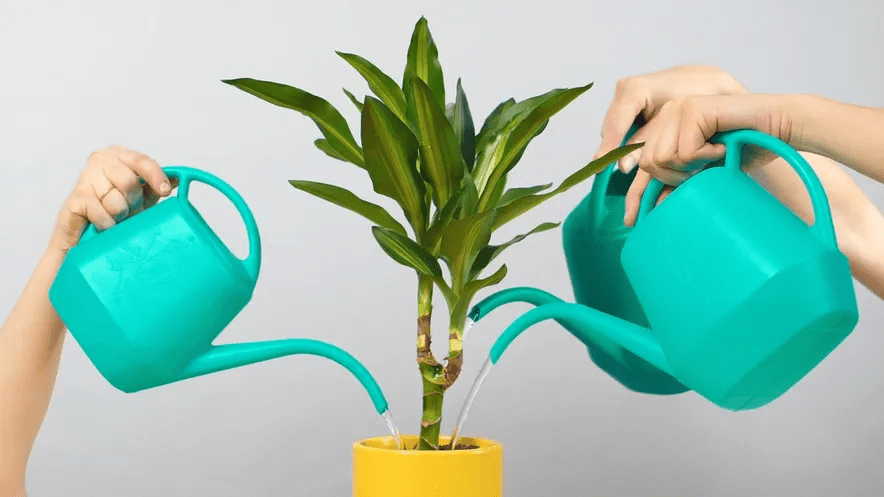
Chlorine can evaporate quickly, leaving the water fit for plants. Overnight water is an excellent option for watering plants because the chlorine will evaporate into the air. So leave your tap water in an open container before watering your houseplants.
5. Mineralized Epsom salt water
Epsom salt is an excellent option if you’re looking for a way to help your plants thrive. It contains magnesium and sulfur, which are both essential for plant health. However, ensure to use it in moderation – too much Epsom salt can be harmful.
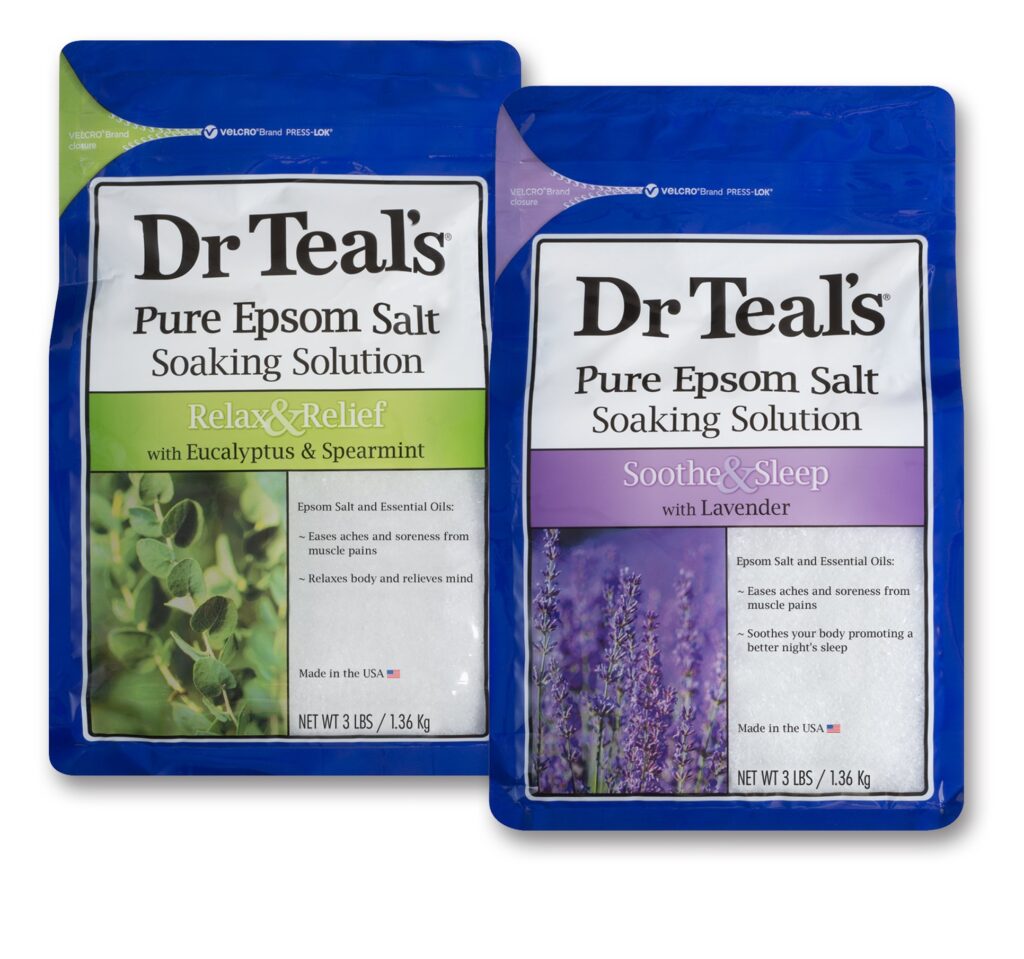
To make your own Epsom salt solution, mix two tablespoons of Epsom salt into a gallon of water. You can also use Epsom salt solutions to water plants. Just be sure to dilute it before using it on your plants, as too much Epsom salt may cause burns.
6. IKEA bag holder vertical garden
Many people have an IKEA bag holder at home, but they’re not using it. Instead of letting it gather dust, you may put it to some good use and turn it into a unique vertical garden. Find a sturdy piece of wood or a large container to use as your planting platform.
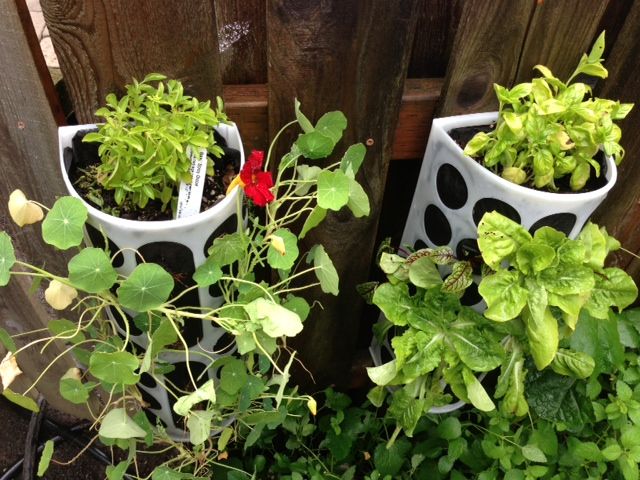
Line the bottom of your bag holder container with a layer of newspaper to protect your plants from dirt and debris. Add a layer of fresh soil to the top of the newspaper. Start planting your desired plants in the soil. Make sure they are well watered throughout the growing process.
7. Group plants for humidity
If you want to improve the humidity levels in your home or office, grouping plants together is a great way to do it. The closer the plants are to one another, the more moisture they will be able to share. This will help to keep the air moist and comfortable.
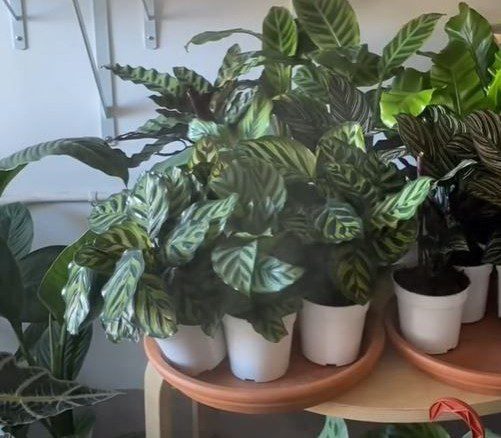
Some plants that are good for increasing humidity in space include ferns, ivy, and philodendrons. These plants can create a dense foliage canopy that will trap moisture in the air. You can also try adding moss or lichen to your grouping mix to help increase the moisture retention capacity of the plant material.
8. Grow seedlings in eggshells
Eggshells make an excellent container for growing plants, as they are shallow, lightweight, and have a drainage hole in the center. To germinate seeds in eggshells, soak them overnight in water before planting. Once the seeds have sprouted, thin the seedlings to two per shell.
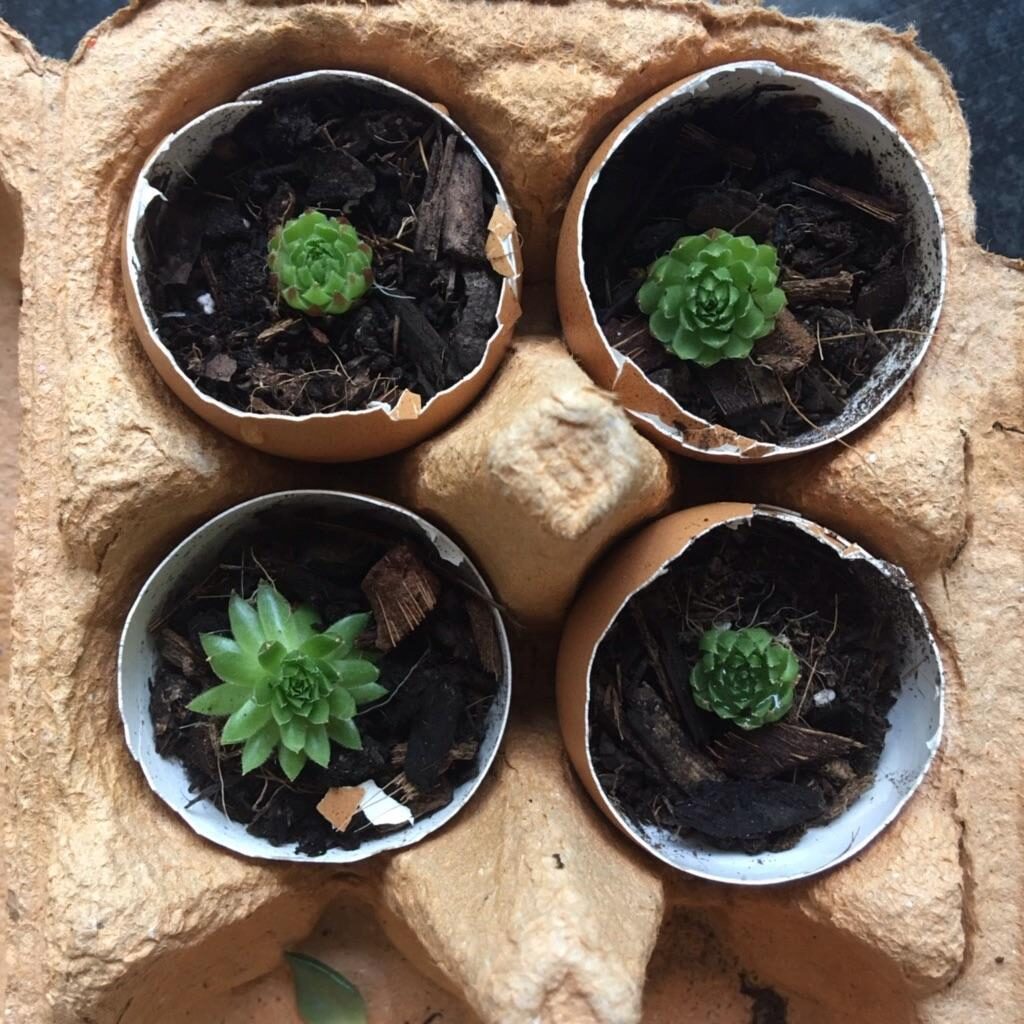
Place the eggshells in a sunny location and water them regularly. When the plants have grown enough to be transplanted out of the eggshells, carefully remove them by gently breaking the shell open. You may also plant the seedlings with the eggshell for the plant’s calcium requirements.
9. Citrus halves for seedlings
The rind of citrus fruits has a natural environment that’s good for your plants. If you’re looking to start growing citrus plants from seed, a great way to do it is by filling up the rinds of citrus fruit with potting soil and adding the seeds.
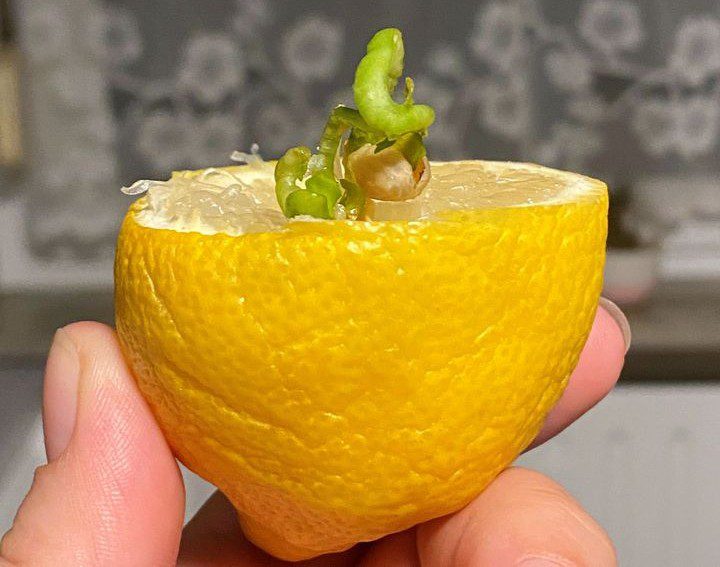
Before adding soil and seedlings, wash and clean the citrus halves so that there’s no grime and unwanted dirt. If you notice any dryness or mold growing on the fruit’s skin, water the plants more often. Once the seedlings are 2-3 inches long, plant them in large pots.
10. Sprinkle crushed eggshells
Eggshells are a natural way to help balance the soil’s acidity. They contain calcium and other nutrients that can help plants grow and thrive. By sprinkling crushed eggshells in the plant soil, you can help to lower the pH to make the soil more alkaline.
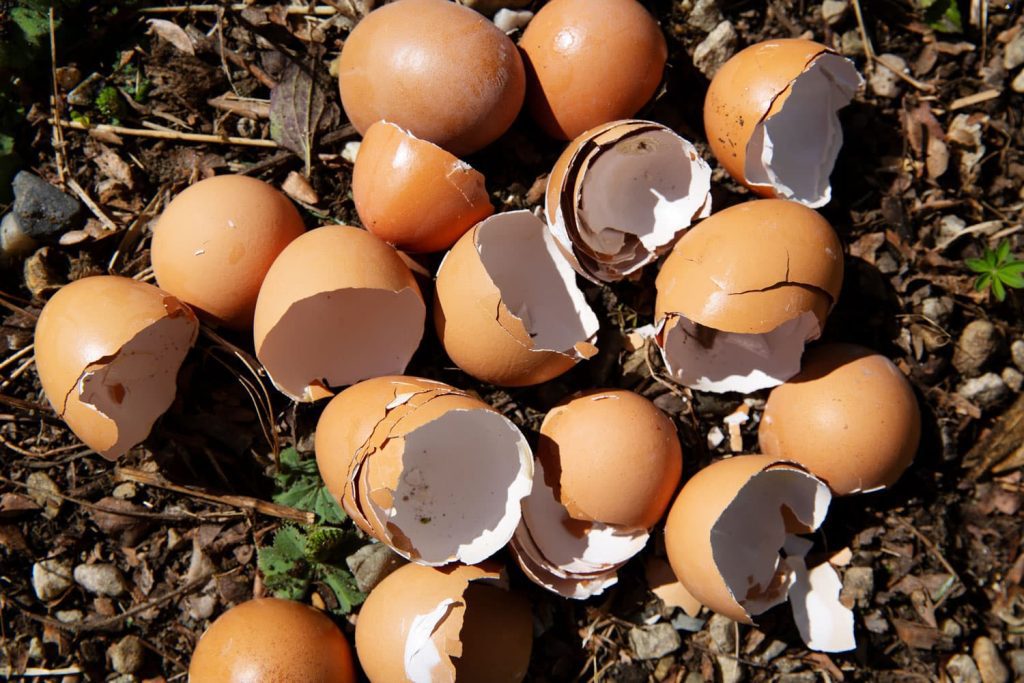
This will help to improve plant growth and health. In addition, you may powder the eggshells and mix them in organic manure to add to the plants. So don’t discard your eggshells next time you make your breakfast. They are great for nourishing your plants.
11. Water with an upside-down bottle
You’ve probably seen a plant watered with an upside-down water bottle. This centuries-old watering method is surprisingly effective at getting your plants hydrated. Here’s how it works: fill up an empty water bottle (or any other small container) with water and place it upside down.
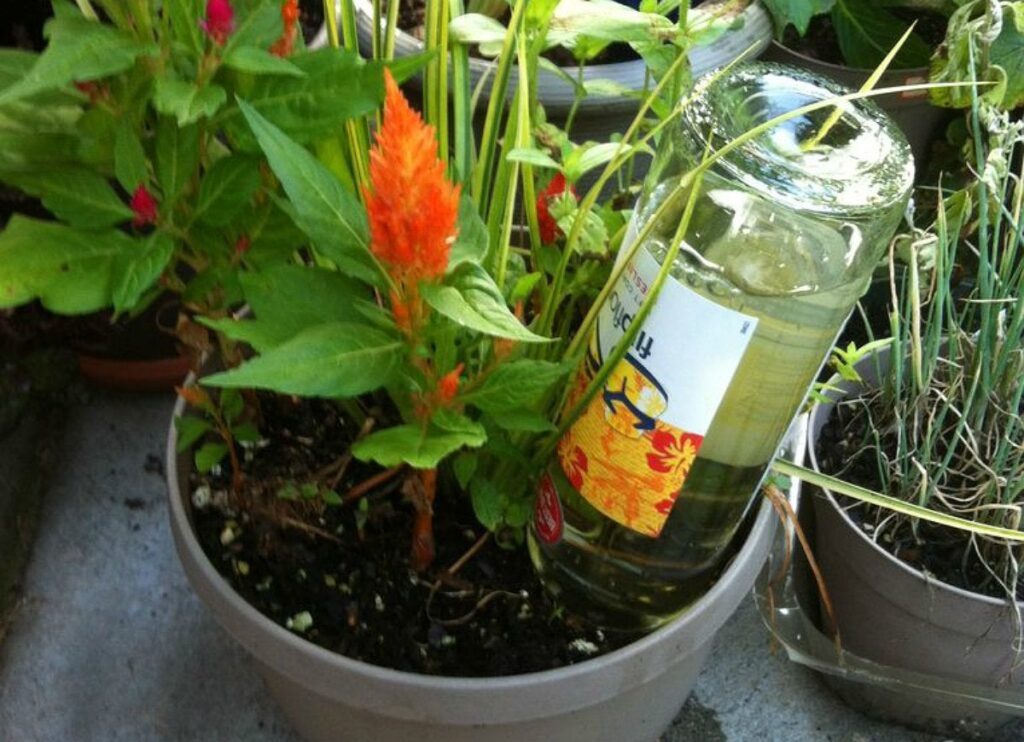
Put the bottle in the plant and turn it so that the root system is fully attached to the water supply. Let the plant soak up as much moisture as it can before turning it back over to its original position. The upside-down water bottle method is easy to do for plant hydration.
12. Natural cinnamon pesticide
Some seedlings may not make it due to fungal diseases and infections. However, you can save these seedlings if you’re proactive about growing seeds. The answer to this is in your spice pantry. Cinnamon is a spice that has been used for centuries to treat diseases caused by fungi, mites, and whiteflies.
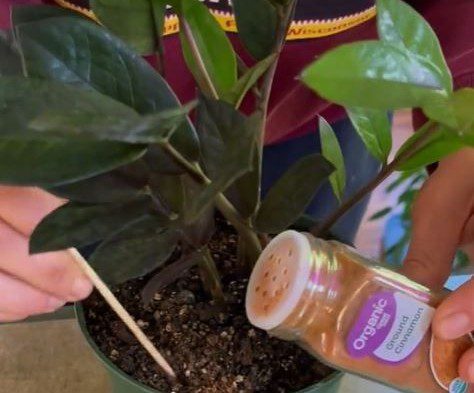
Add this powder so that the seedlings and plants can thrive without any diseases. Cinnamon powder can be sprinkled onto the soil to prevent damping off. Moreover, your plants will get a natural fertilizer to grow well. You may use chopsticks dipped in cinnamon powder to poke the soil for deeper reach.
13. Gift small baby plants
When looking for a unique gift for someone special, consider giving them a baby plant! These plants are simpler to care for and make great additions to any home. There are a variety of baby plants that are perfect for any occasion, whether it’s a gift for a new mom or a birthday.
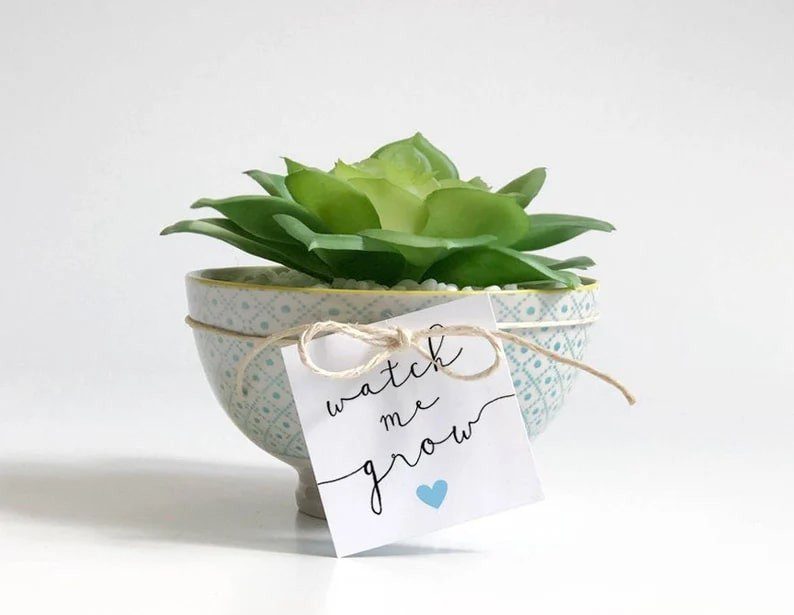
These baby plants and delicate flowers are perfect for those who want something that will look beautiful in their home but won’t require too much maintenance. So when you’re on the hunt for a creative gift that will last long, consider giving someone a baby plant!
14. Try water-wicking
Watering your plants with the water-wicking method can be a great way to conserve water and keep your plants hydrated. By using a water-wicking plant pot, you will be able to collect the moisture from the surrounding soil and use it to water your plants.
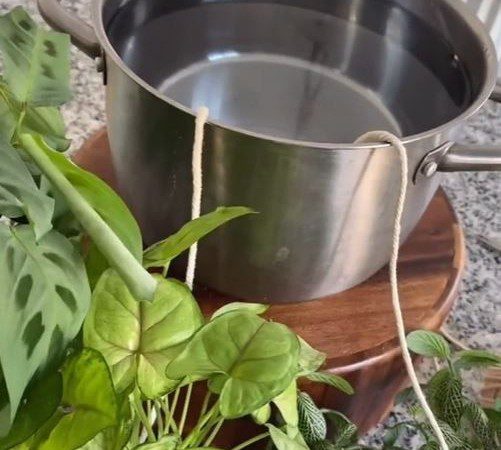
This is a more sustainable way of watering your plants, as you are not relying on rain or irrigation to give them water. First, make sure that the plant pot that you are using is well-drained. Place wicks in the soil and the water container and let gravity water the plants gradually.
15. Unscented kitty litter to fight humidity
When rainy weather rolls around, and the humidity in your home starts to become unbearable, it’s time to try using unscented litter to combat the problem. Not only will this help keep your house plants fresh, but it will also save you money on air conditioning bills.
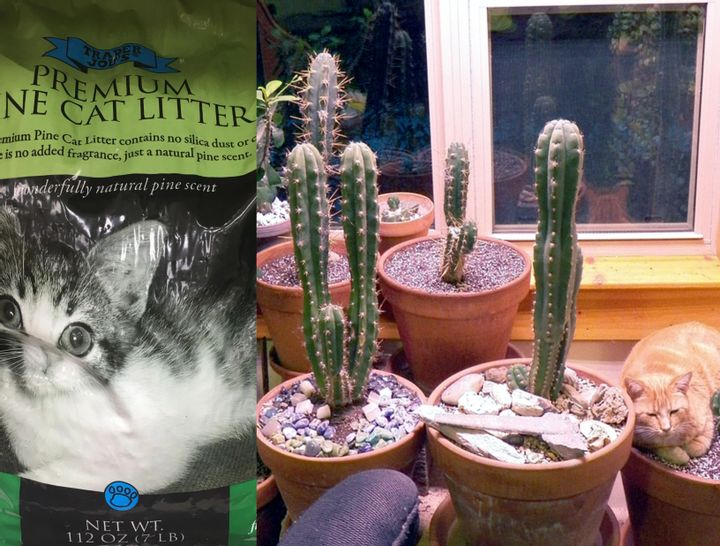
Plants such as succulents and cacti do not do well in humidity, so you may line up the soil with the kitty litter. There are a few different brands of unscented litter that work well for this purpose, so be sure to research which is best for your specific needs.
16. Ice cube watering
Watering plants can be a hassle if you don’t have the right tools or know how to do it. But with a little bit of awareness and some helpful tips, you can water your plants quickly and efficiently. One common problem is that people forget to water their plants.
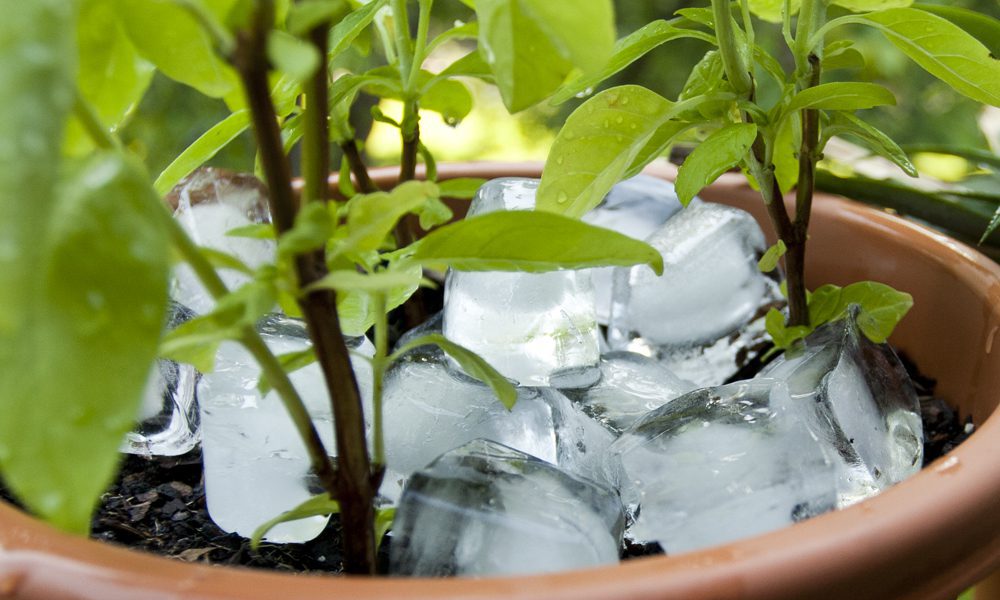
One way to help remember is to use an irrigation system. But if you don’t have one, another way to ensure your plants get enough water is by using ice cubes. Add a few ice cubes on the top layer of the soil and let them melt, letting them slowly water your plants.
17. Spray the saltwater
There’s a reason Epsom salt is used to soothe aching muscles- it works wonders for plants, too! Add 2-3 tablespoons of Epsom salt in a liter of water and spray your plants with it once a week/month. It’ll help keep your plants healthy and free from soil deficiencies.
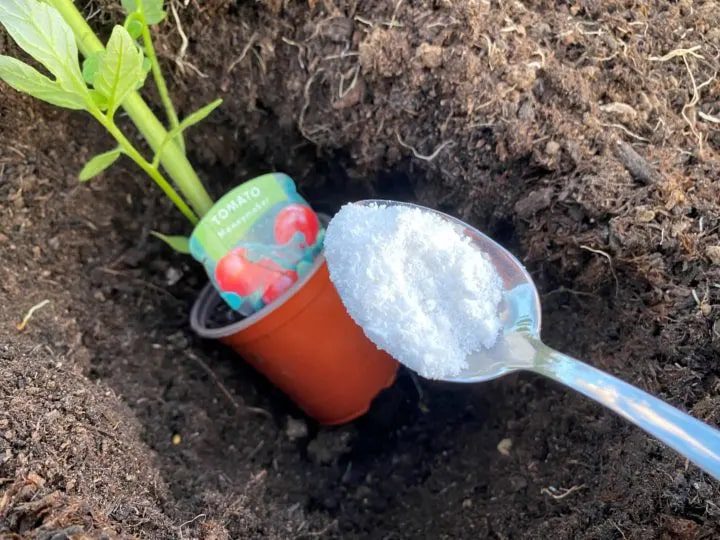
Moreover, using the salt spray can also help prevent yellowing leaves and hasten them to ripen. Start spraying when the blooms first appear to get the most benefit. Use this method to have thriving tomatoes and pepper crops. Epsom salt will come in handy if you’re a kitchen gardening beginner.
18. Coffee grounds for pests
Coffee grounds are a great way to fertilize the soil for your plants. Not only do they provide nutrients for the plants, but they also have an acidic quality that helps to break down organic matter in the soil. This makes it a crucial part of any garden’s fertilizer mix.
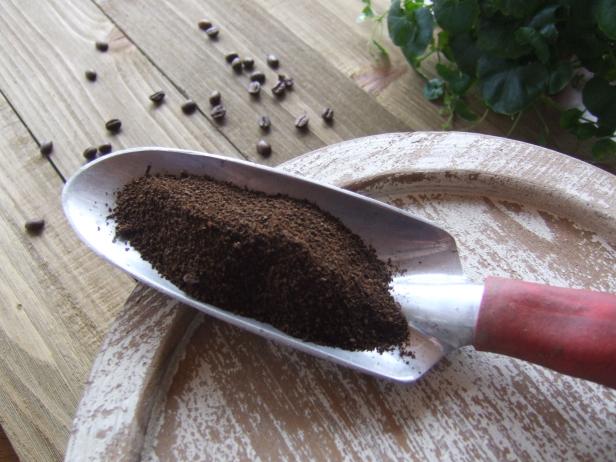
If you want to use coffee grounds without rinsing them first, you can simply sprinkle them on top of the soil. Rinsing them first will help to remove any additional debris and unwanted chemicals that may be present. Whether you’re using coffee grounds as a fertilizer or adding some fresh manure, they’re great.
19. Diapers for moisture
If you’re like most, you probably don’t think of disposable diapers as plant-care tools. But they can be a great way to help your plants stay hydrated during warm summer months. Disposable diapers are often made of hydrogel that becomes water-rich when wet.
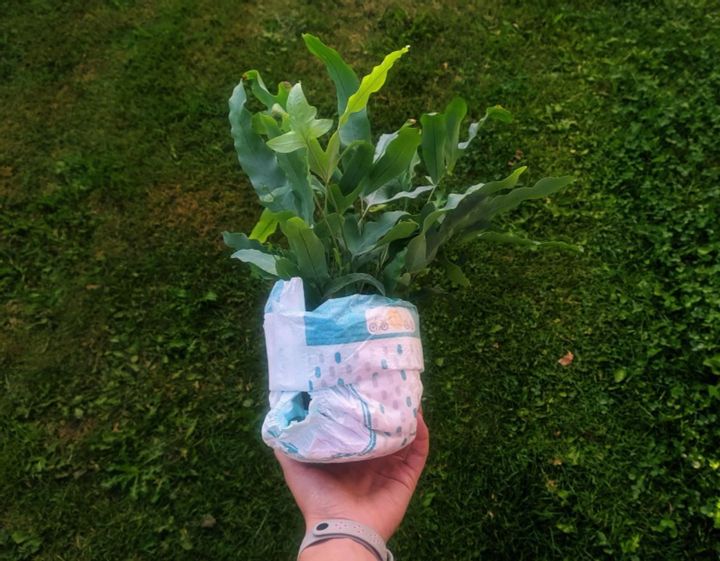
This makes them excellent plant moisture barriers, especially during hot, dry weather. To use disposable diapers as plant care tools, first pour some water into the diaper and allow it to soak up the moisture. Then mix the hydrogel with potting soil until the gel evenly soaks up the soil.
20. Chopsticks for plant aeration
Chopsticks are perfect for aerating the soil of your houseplants. By moving the soil around, you help to improve airflow and circulation in the plant’s roots, which can help them grow healthier and more vigorously. You can also use chopsticks to aerate the soil of your houseplants.
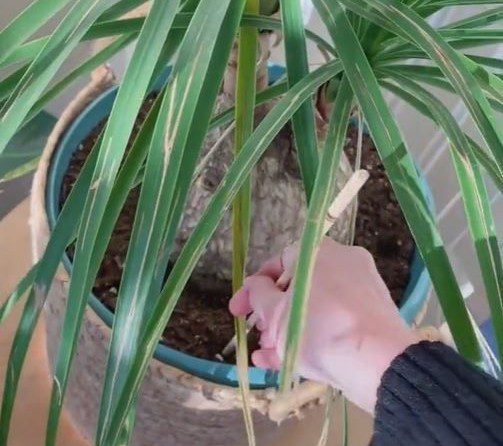
Earthworms do the job of performing aeration in nature; however, chopsticks are the next best thing you can get for indoor plants. Just poke the soil with chopsticks to make way for air and water to pass through the soil. Be gentle while doing this to prevent damaging the plant.
21. Club soda for plants’ mineral needs
Club soda is a popular carbonated drink with high levels of minerals that plants need, including phosphorus, potassium, and sulfur. These drinks can be a great way to supplement a plant’s mineral needs. Phosphorus is essential for plant growth and development.
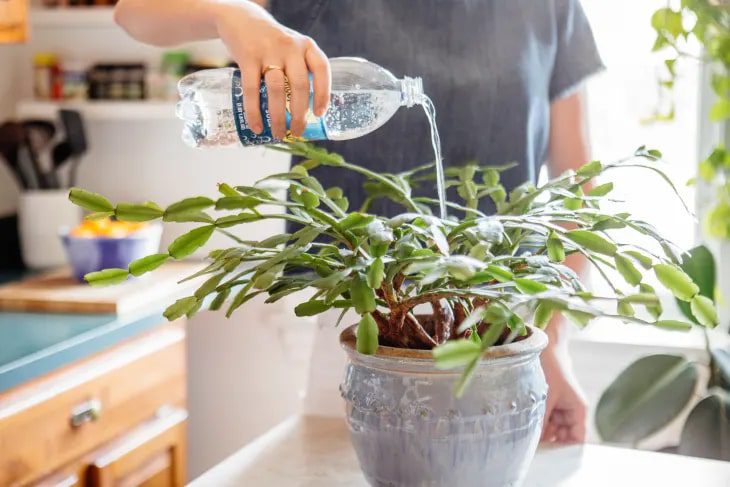
It helps form the cell walls and other structural components of the plant. Phosphorus also helps photosynthesis take place. Potassium is another essential mineral for plants. It helps the plant transport water and nutrients throughout the plant. Potassium also helps the plant resist disease and stress.
22. Antifungal honey for roots
If you are ever repotting a dip plant, it’s essential to first dip the roots in a solution of antifungal honey before planting in fresh soil. The honey will help to fight off any fungal infections that may be present on the roots.
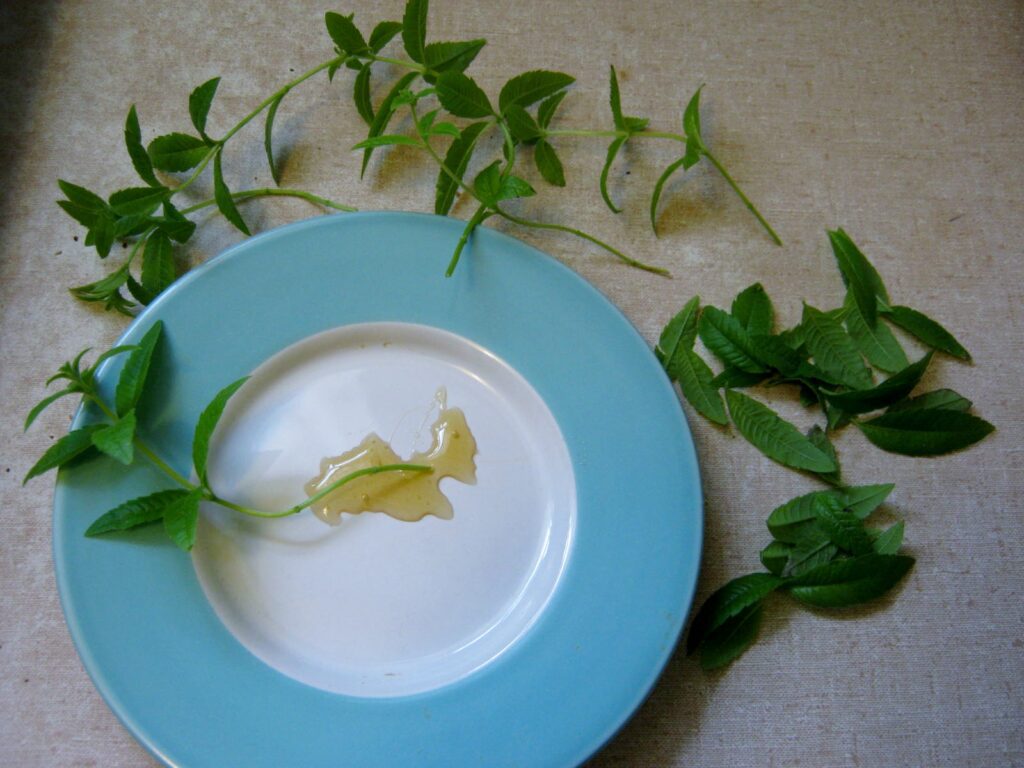
Honey has been shown to be an effective treatment against a variety of fungi, including black rot, powdery mildew, and white mold. Using honey will ensure that roots don’t get rotten and the plant has an excellent environment to grow. For smaller plants, use diluted honey.
23. Soda can filler
If you want to fill large plant pots with soil but don’t have the time/money to use a lot of soil, you can use empty soda cans to fill the pot. Soda cans will leave spaces between the soil and the planter to make sure there’s ample air for the plants.
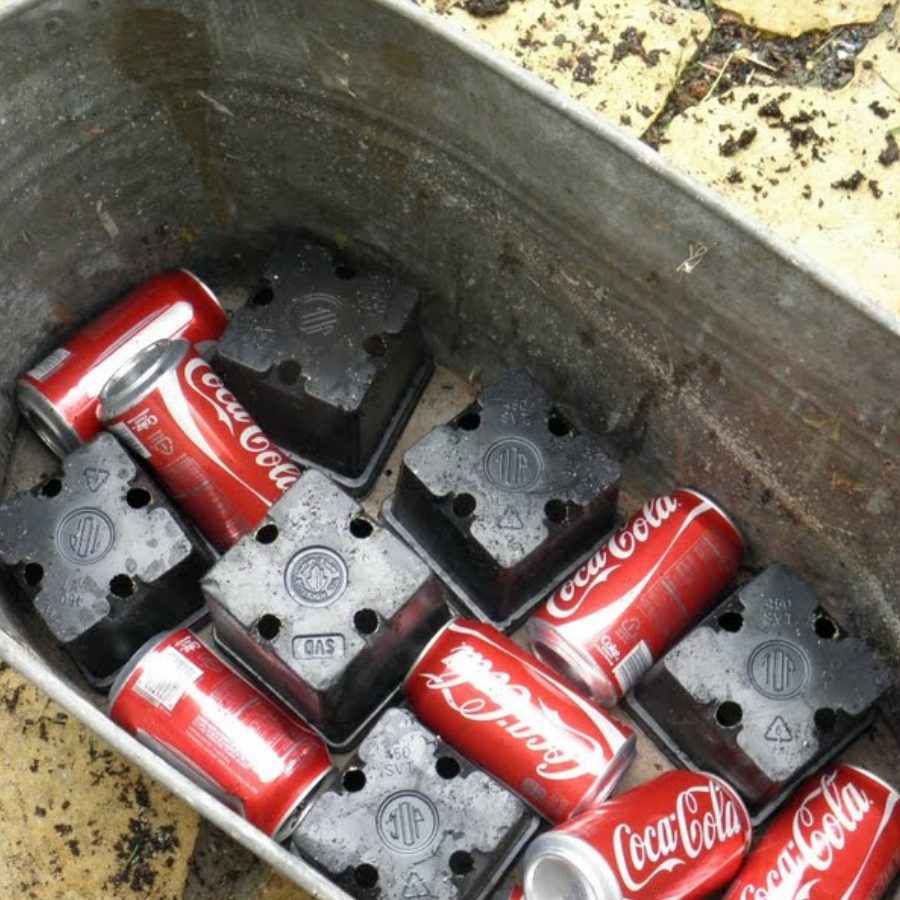
If you overwater the plants, the can will also work to drain the water quickly. Make sure to add some soil or vermiculite to the pot after filling it with the cans. Create a good layer of soil for the roots to develop, and you shall have the healthiest plants.
24. Repurpose the aquarium water
Aquarium water can be an excellent resource for growing plants. It contains a long list of beneficial minerals such as phosphorus, nitrogen, ammonia, and potassium. These minerals help the plant to grow and flourish. Just avoid using salty aquarium water as it may damage the plants.
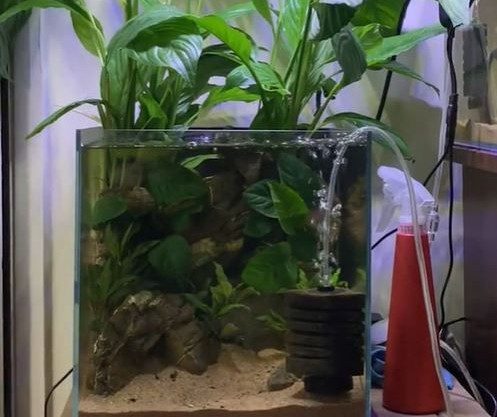
One way to use aquarium water to help your plants grow healthily is to add it to the soil mix when you are planting your plants. This will help provide the plants with the necessary nutrients and minerals they need to grow every season.
25. Coffee filter to prevent muddy mess
If you have a home garden with soil that tends to be muddy, you might want to try using coffee filters to line your planters. The filters will prevent the water from draining out and making your home muddy after watering the plants.
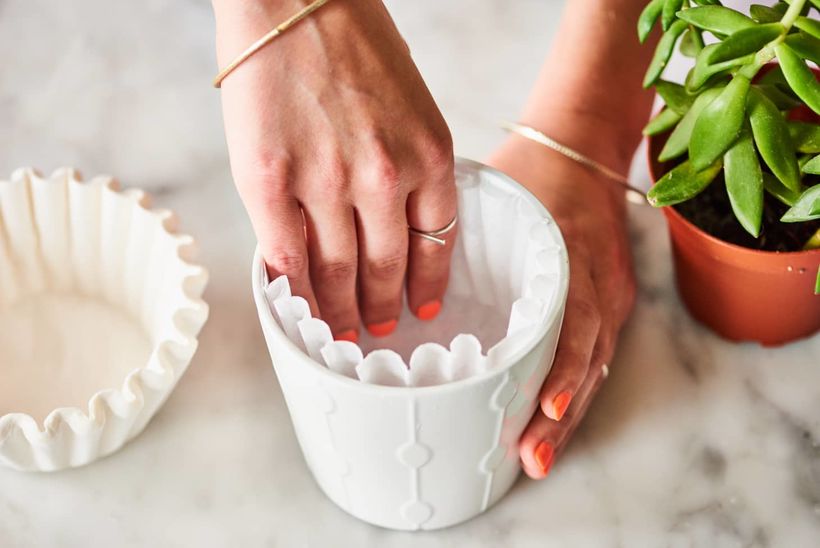
This is especially beneficial if you have a lot of plants that need frequent watering, as the filters will help to reduce the amount of mud that will drain out of plants. You may also use small plates under the pots to keep your home free from muddy mess.
26. Micronutrients plant water
Watering plants with cooking water is a great way to save on water costs, and it’s also a great way to recycle water used for cooking. Just be sure to avoid using too much water, or you may end up overwatering your plants.
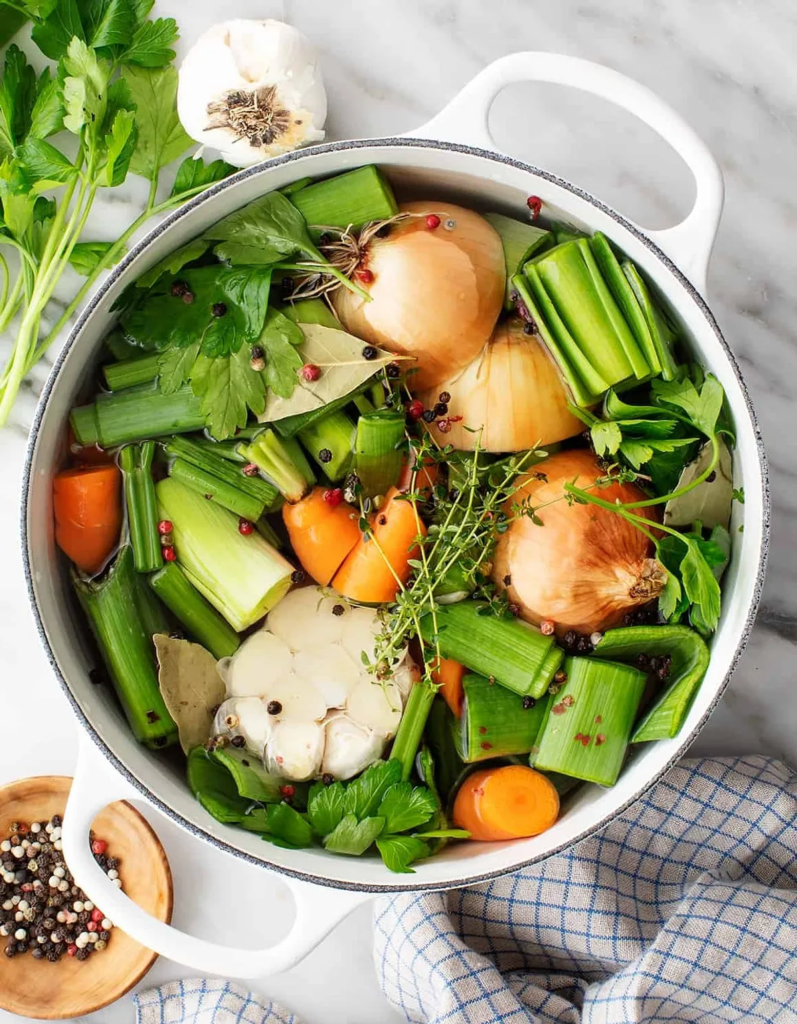
Cooking water can be used to water plants just as regular municipal water is used. Let it cool before using it for the plants. You’ll be amazed to know that cooking water also has essential micronutrients for plant growth, so you’re not just saving cooking water from going into the drains.
27. Mayo to wipe plants
If you have a dusty plant, try using mayonnaise to clean it. Simply dampen a rag with mayonnaise, and use the rag to wipe the surface of the plant. This will help to remove the dust and dirt from the plant.
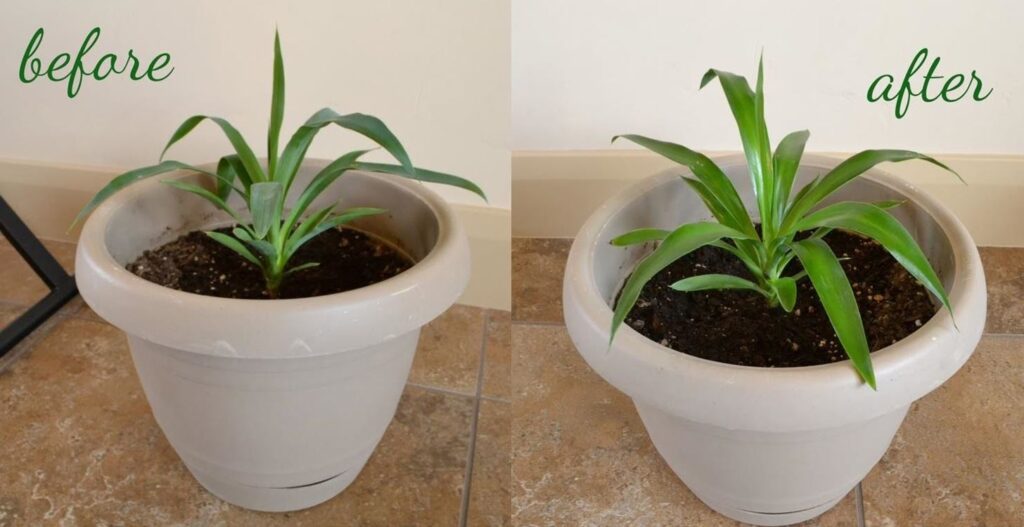
If you have old and dry plants, the mayo will bring life back to them and make them look shiny. This will also prevent more dust from collecting on the leaves for a long time. Make sure you don’t use too much mayo and clean it well after wiping the leaves and stems.
28. Banana peel dusting
If you’ve ever tried to dust or wipe the dust off of plant leaves using a traditional cloth or paper towel, you know it’s not the most straightforward task. A better option is to use a banana peel! Banana peels are very porous and can easily absorb dirt and dust.
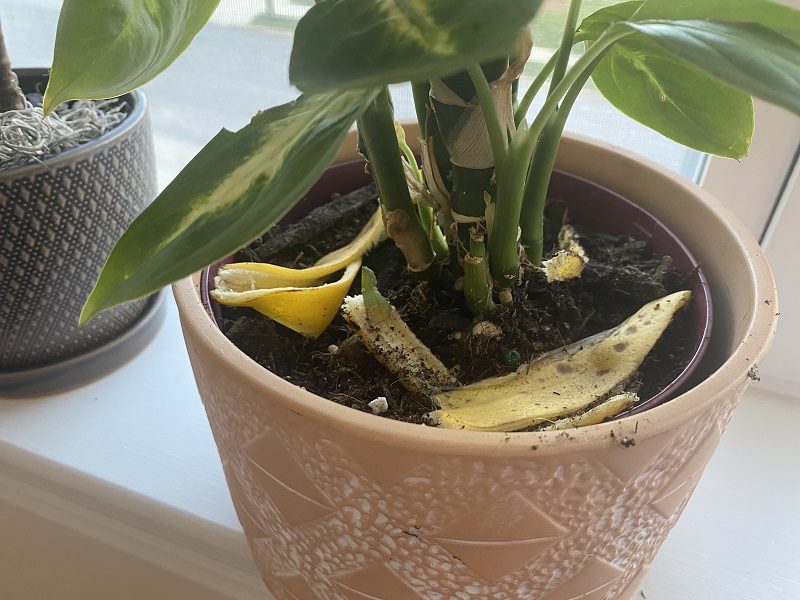
Plus, they’re soft enough that you won’t damage the leaves. Just wet the banana peel slightly and use it to clean the leaves. Be sure to rinse the banana peel from the plant leaves. This will remove any banana residue from the surface of plants.
29. Drill clean drainage holes
If you’re planting in a pot and you want to add drainage holes, you can use a drill. Drill a small hole in the bottom layer of each pot, just above the roots. Use a piece of wire or a chopstick to hold the pot in place while you drill.
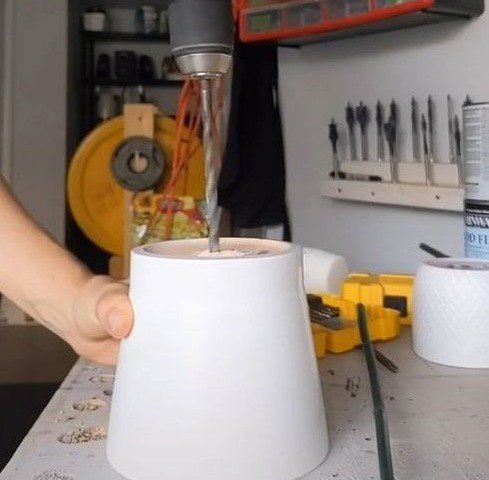
Ensure the hole is big enough for water to flow out. Drill the hole carefully so that the planter doesn’t develop any cracks. Use a diamond-tipped bit for glazed ceramic pots. A masonry drill will be ideal for terracotta or stone pots. For a plastic pot, use a simple drill bit.
30. Don’t throw egg cartons
Egg cartons make great growing containers for seedlings. The egg carton’s moisture and warmth and the rigid structure help the seedling roots develop correctly. There are a few vital things to have in mind when growing seedlings in egg cartons. Make sure the egg carton is clean and free of any debris.
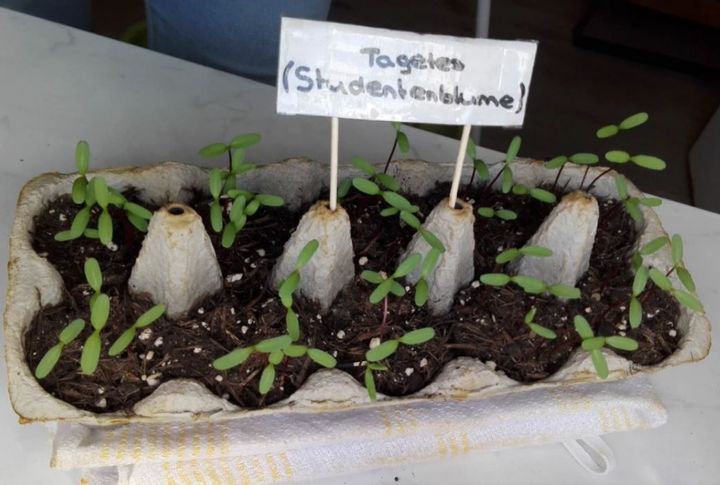
This will help to promote healthy growth. Choose a container that is roomy enough for the seedling’s root system but not so massive that it becomes crowded. Water the seedlings regularly with a garden hose or mist them with a spray bottle. Let the soil dry between waterings.
31. Soda bottle mini plant
There are many creative ways to use old or recycled soda bottles as plant terrariums. To start, cut off the top third of the bottle so that the opening is about 2 inches wide. Cut a small hole in one side of the bottle’s top portion so the plant can grow.
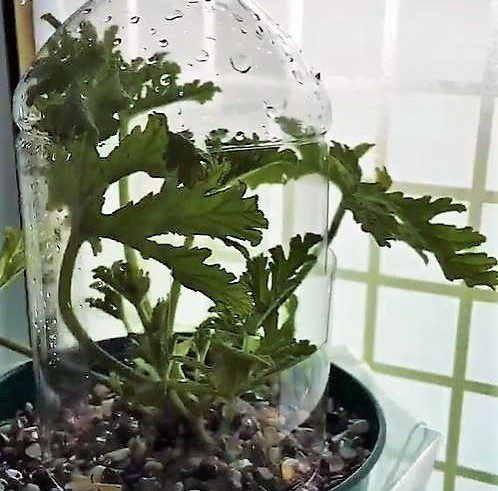
Next, fill the bottom third of the bottle with potting soil and place your chosen plant inside. Secure the top of the bottle with a rubber band or tie if desired. Finally, add some decorative rock ornaments to complete your mini terrarium.
32. Inspect for pests
Regularly inspecting your plants for pests can help ensure their health and well-being. Look for signs of infestation. This includes anything that seems out of the ordinary, such as leaves with lesions or discoloration, abnormal growth patterns, or movement of pests in unusual numbers or directions.
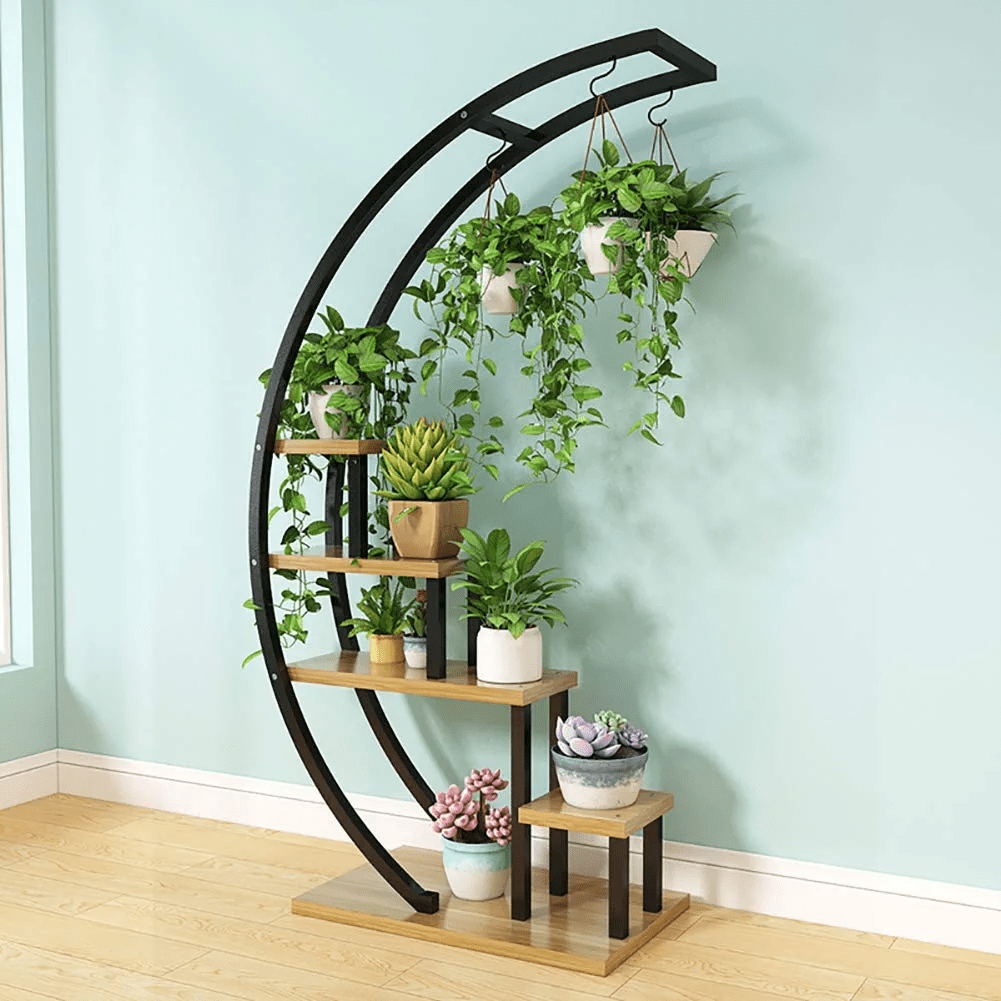
Check plant surfaces for eggs, larvae, or pupae. These may be easy to miss if you don’t have a good eye for spotting them, but they’re essential clues that something is wrong. Smell plants often. Many pests emit an unpleasant smell when disturbed, which can give you a heads-up about potential problems.
33. Toilet paper roll plant starters
Toilet paper rolls make great plant starters because they are easy to care for. To create a toilet paper roll plant starter, put one or two rolls of toilet paper into a small container filled with soil. For best results, add organic matter to the soil before planting your toilet paper.
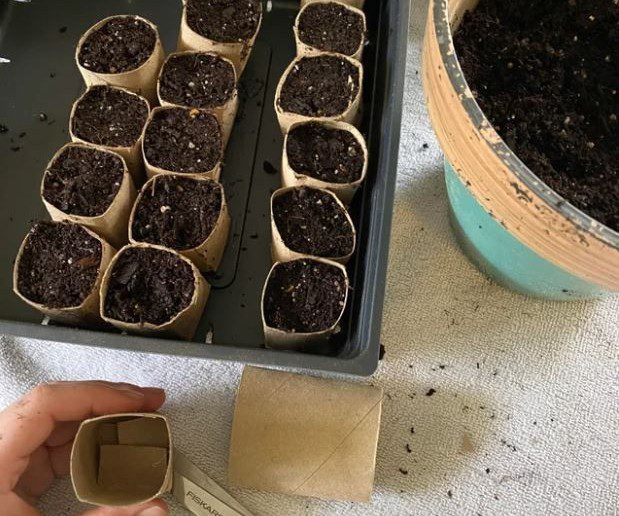
If you wish to have a high number of plants you may grow from your starter, you can also add some seeds to the soil. A good seed mix for this type of garden includes black-eyed peas, navy beans, lima beans, garbanzo beans, and lentils.
34. Butterfly-shaped sticky traps
When it comes to keeping pesky flies away from your plants, nothing beats a Butterfly-shaped sticky trap! These traps are specifically designed to capture flies and other flying insects, so you can be sure that you’re preventing any damage to your plants.
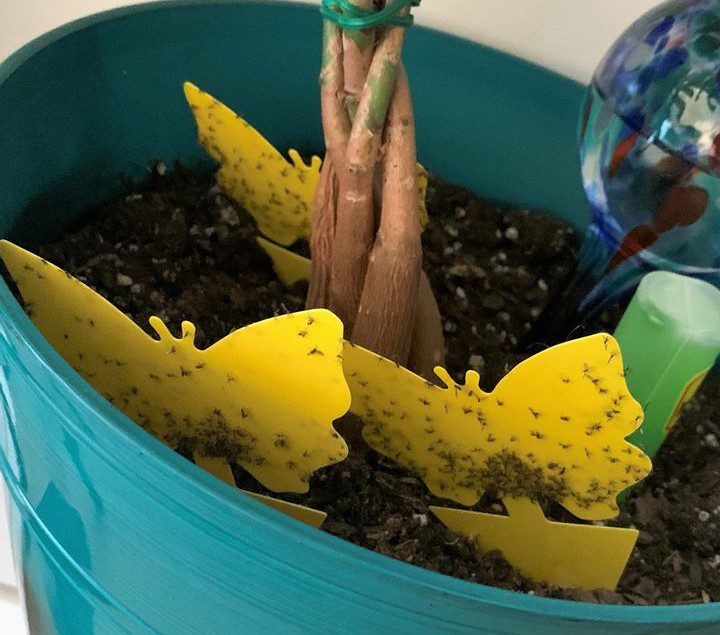
Simply place a few traps around the area where you suspect flies are frequenting, and watch as they fall victim to the sticky surface. These traps are usually yellow in color, attracting flies towards them and then dying stuck to them.
35. Clay pebbles for aeration
Clay pebbles are a fantastic replacement for marble pebbles when it comes to aeration. They are much less expensive and can be used in any type of soil. They are also easier to clean than marble pebbles, which is a bonus if you have a plant that needs frequent water changes.
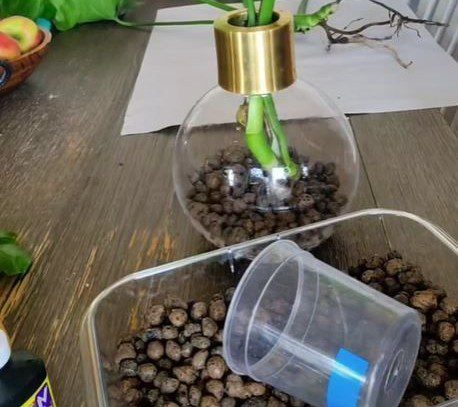
Moreover, clay pebbles can be added to the substrate to help improve water retention and drainage, or they can be used as anaerobic media for breaking down organic material. Making such changes to your houseplants will ensure they grow well indoors.
36. LED glowing light
If you’re looking to illuminate your indoor plants with LED light, there are a few crucial things to have in mind. First and foremost, make sure the light you choose is compatible with the plants you have. Second, always aim the light toward the plants and avoid shining it directly into your eyes.
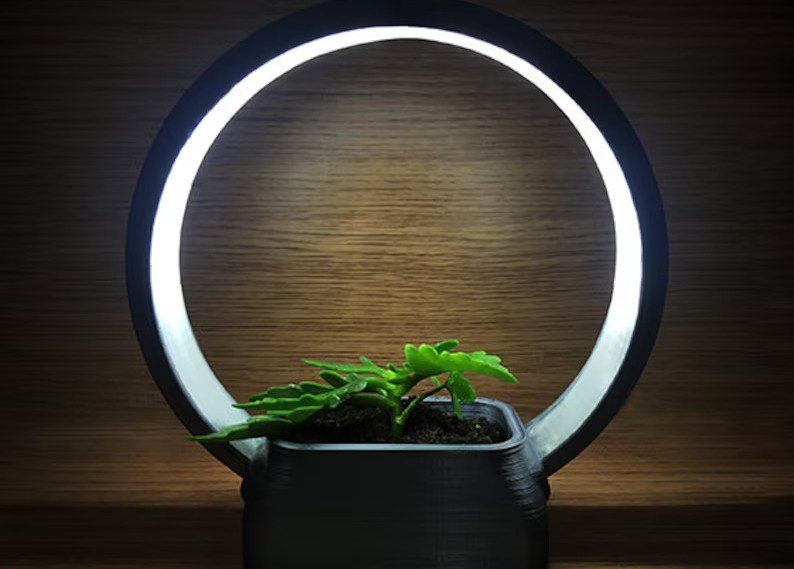
Finally, make sure to adjust the brightness and duration of the light to match your specific needs. These days you may find three-headed LED lights to change their direction however it’s needed. All your plants will receive ample light this way.
37. Fix your leggy plant
Leggy plants may be due to a lack of light or too much light. They have a long stem and few leaves at the top. To fix your leggy plant, keep it in light or sunlight. If your plant is growing slowly or not at all, it might be due to a deficiency in nutrients.
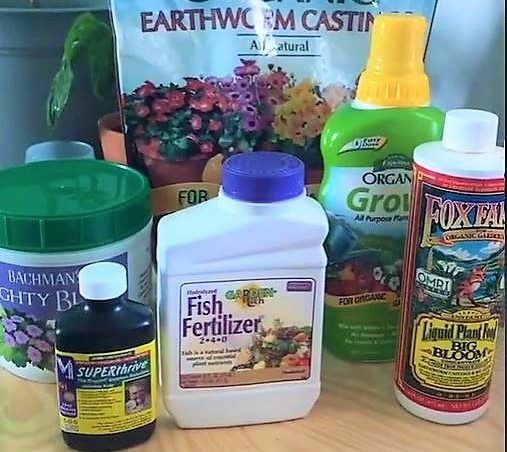
Try fertilizing your leggy plant with a liquid fertilizer that contains nitrogen, phosphorus, and potassium. Be sure to read the labels to ensure the fertilizer is appropriate for your plant’s size and type of soil. You may use lamps to fulfill the light needs of the plants.
38. Plastic fork protection
Installing plastic forks over the soil to protect plants from birds and rodents is an easy way to keep your plants safe. Plastic forks are lightweight and durable, so they will not damage your plants in the long run. Place the fork over the soil and wait for the birds and rodents to move on.
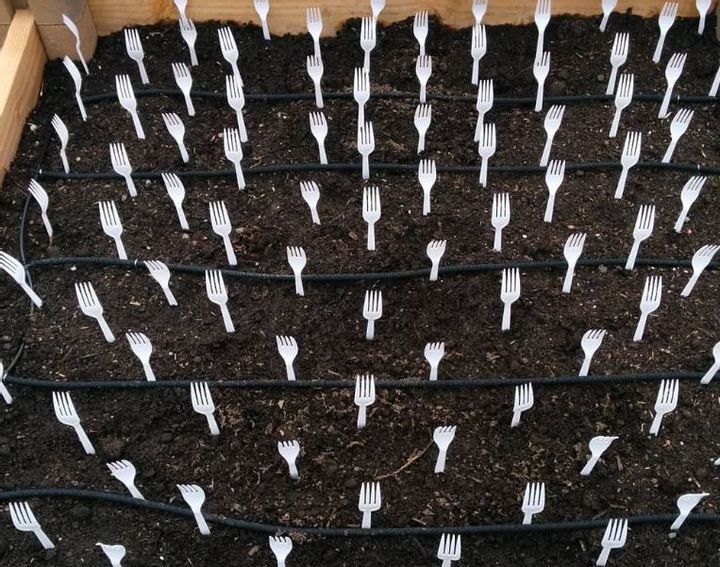
Plastic forks will also last longer as they don’t decompose. Fork protection can also help to keep soil from eroding from the plant’s roots, which can promote growth. Additionally, placing plastic forks around plants can help to reduce the spread of weed seeds.
39. Repotting to loosen the root ball
When repotting plants, it is vital to loosen the roots before moving them to a new pot. This can be done by repotting plants to a larger pot or by breaking up the root ball and moving the pieces to a new pot.
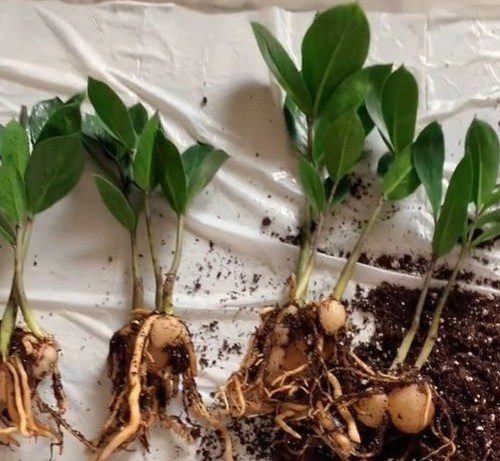
If the plant is in a large container purchased at a nursery, it may not be necessary to break up the root ball. However, repotting will encourage more plant growth as it’ll give plants some additional space to grow. Also, make sure you choose a suitable pot material for the plants.
40. Know about the right lighting
The right lighting for plants can help them grow and flourish. Different types of light trigger different reactions in plants, so it’s crucial to find the right amount and type of light for your plants. Fluorescent light is best for growing plants in containers or under lights.
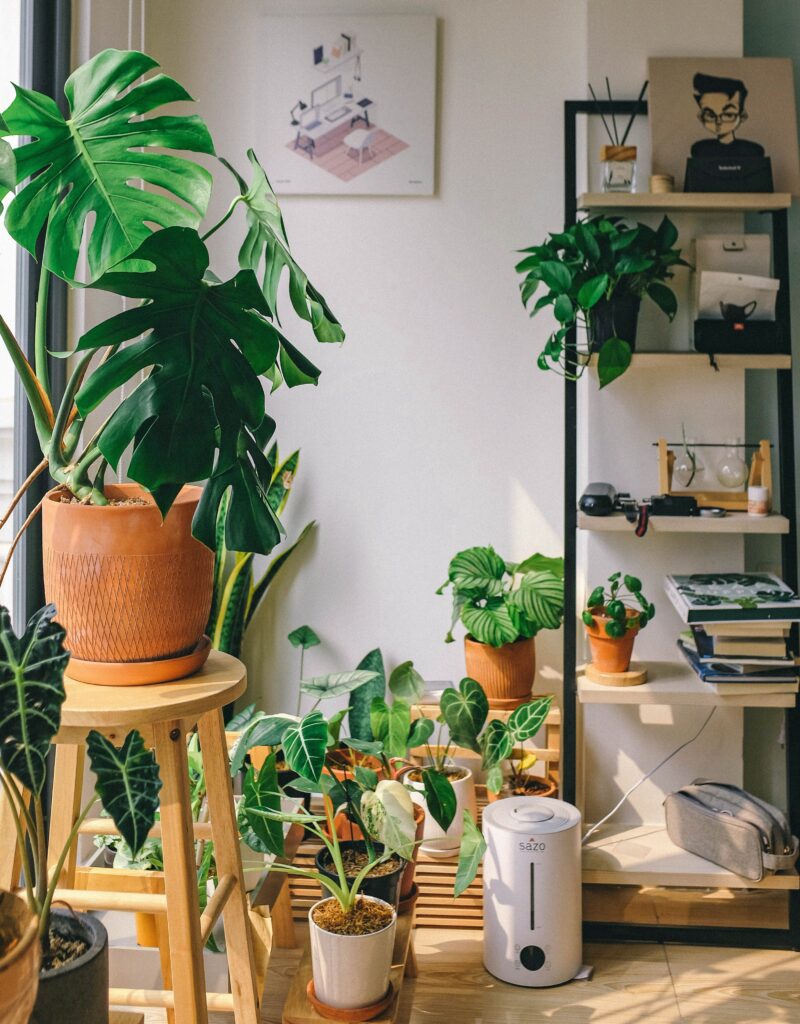
It emits a short, blue wavelength that is helpful for plant growth. Incandescent light is best used for growing plants outdoors because it emits a long, yellow wavelength that helps crops photosynthesize better. Sunlight is the best source of light for growing plants in the garden. Avoid direct sunlight, which can burn your plants.
41. Move the plants outside
If you stay in a climate where the temperature routinely exceeds 80 degrees Fahrenheit, then it is time to move your indoor plants outside to get the best growth. Plants that are constantly exposed to sunlight will grow significantly faster than those that are kept indoors.
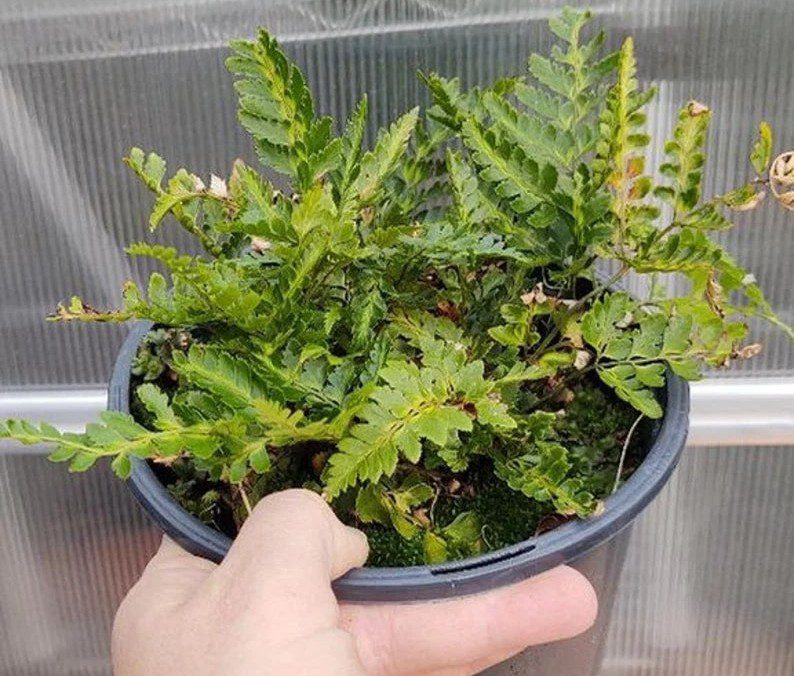
Additionally, moving the plants outside will help deter pests and diseases from taking hold. Like humans, plants will also appreciate the summer air and extra oxygen outside. If you have desert plants such as cacti, they’ll thrive outside in the summer season.
42. Kitchen scrap manure
There are many uses for kitchen scraps in the garden, one of which is using them for manure. Kitchen scraps can be mixed with other organic materials to create high-quality manure. This mixture can then be spread on your garden soil to help improve the soil and increase the yield of your plants.
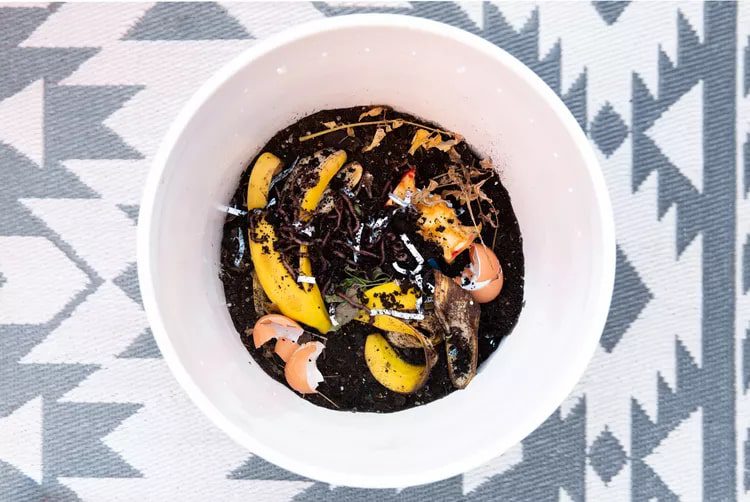
Make sure that the scraps are free from food particles and oils. These items will block the plant’s ability to absorb nutrients from the manure, resulting in poor growth. Second, make sure that the kitchen scraps are finely chopped or ground before adding them to the compost.
43. Layer airing
Air is one of the most important elements for plants to grow. Adding different layers of pebbles and rocks in pots to make sure there is enough air in the plant to grow can help to ensure that your plants get the oxygen they need.
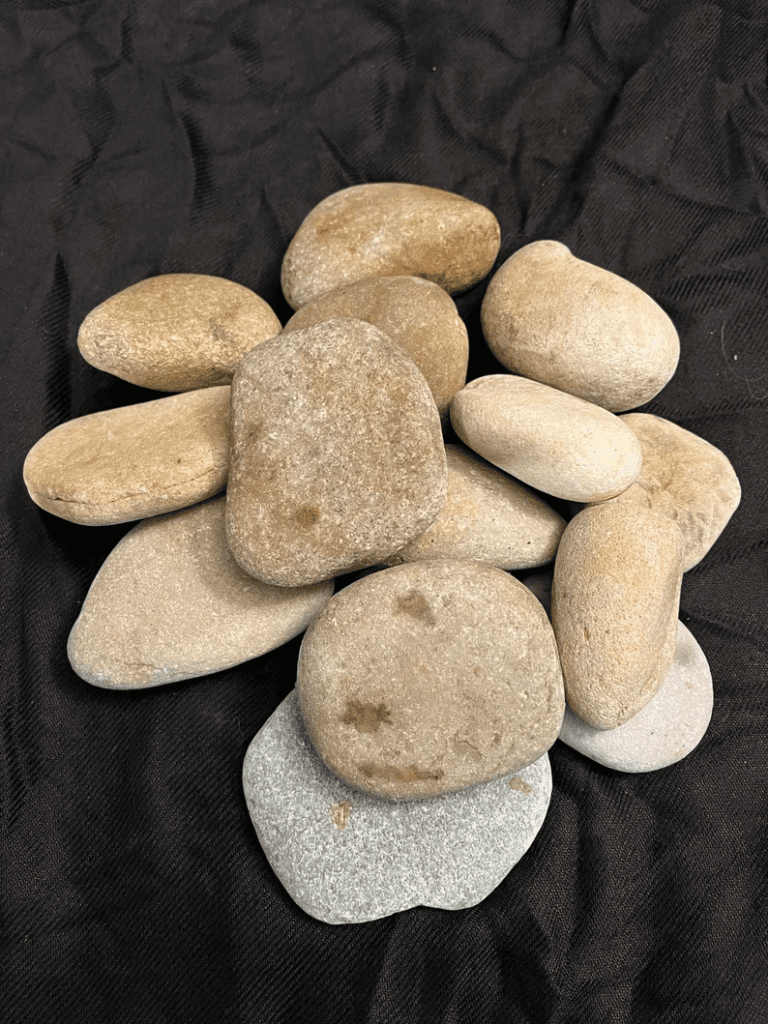
By doing this, you can also promote root growth and help the plants to absorb water/nutrients more efficiently. Moreover, it encourages water drainage from the soil in case you overwater your plants. For smaller plants, use pebbles and for larger ones, add rocks between layers of soil.
44. Turkey baster to remove water
If you water your plants using a garden hose or a large container, be sure to use less water. More water will clog the roots and may cause root rot. This may eventually lead to killing your plants. If you add too much water, try using a turkey baster to remove the extra water.
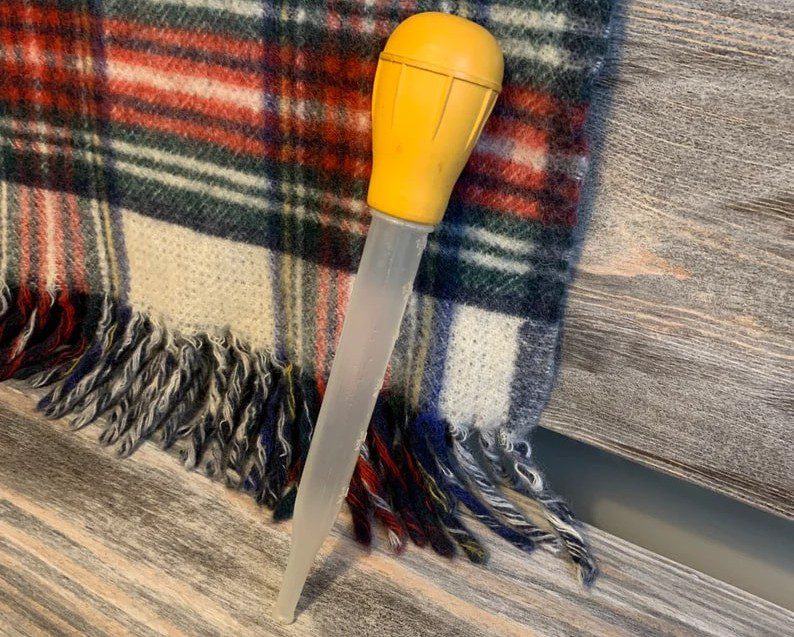
If this doesn’t work on one attempt, repeat it a few times to remove the excess water. You may also use some rocks under the potting soil to improve water drainage. The water will not clog the soil and leave some air for the plants to thrive.
45. Set a watering schedule
When it comes to watering your plants, it’s essential to set a schedule and stick to it. This will help ensure that the plants get the water they need and that their roots don’t get too dry. Start by checking the soil’s moisture level. If it’s dry, give the plant light watering.
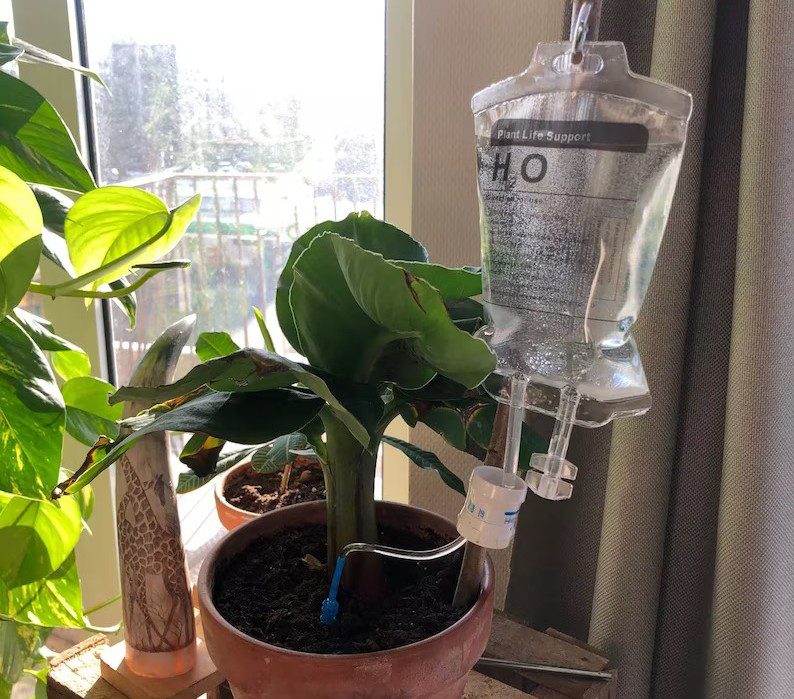
If the soil is still dry after giving the plant light watering, wait another few days and check again. If the soil is still dry, give the plant a complete watering. Watering too much can cause root damage. Next, check the leaves. If they’re drooping and feel limp, give the plant a light watering.
